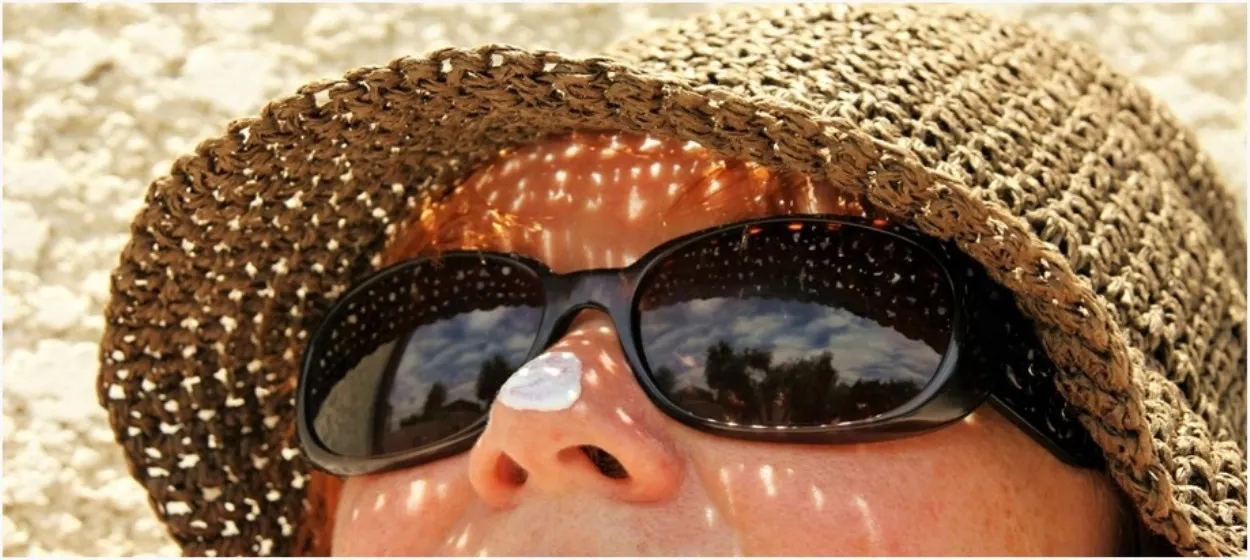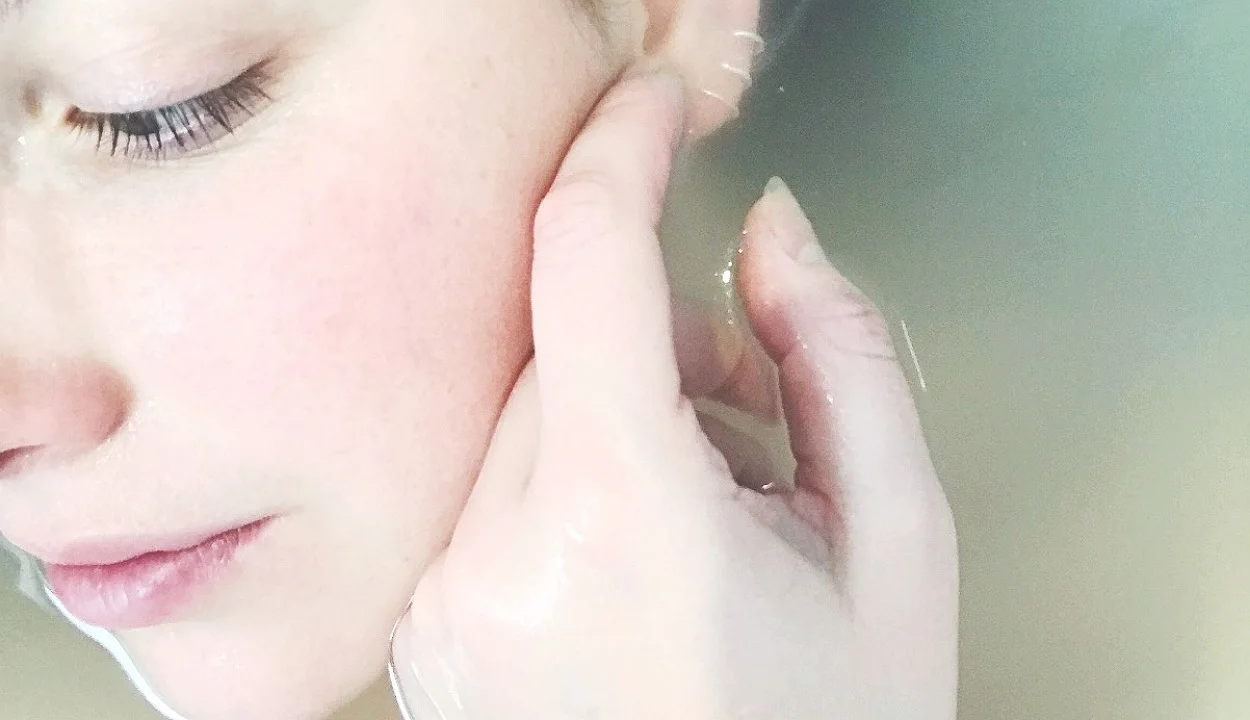Skin tone varies from person to person; depending on the amount of melanin present in the skin. Melanin is a pigment that we inherit from our parents’ hereditary traits.
Melanin is released from melanocyte, a cell that is present in our skin to control melanin production. The darker the skin tone represents a high amount of melanin, whereas a low amount of melanin causes lighter skin tone.
Another essential role of melanin is to protect our skin from UV rays. An instrument called a reflectometer is used to measure the light of the specific wavelength reflected by the skin.
People nowadays are more aware of their complexions, skin type, and skin care rituals. Healthy skin looks more attractive and shined instead of white skin with wrinkles and spots.
Generally speaking, fair skin is light in hue but not necessarily white. The risk of skin cancer may be increased in people with fair skin, which is typically more prone to sunburn and UV damage.
Contrarily, the term “white skin” explicitly refers to skin that is devoid of color. White skin is more vulnerable to sunburn and skin damage because it lacks melanin, which protects against the sun’s harmful rays.
Thus, every skin tone needs proper skincare to secure a healthy skin tone.
Let’s classify the skin tone according to your complexion and understand your skin type.
Classification of Skin Complexion

People of different environments differ naturally, in terms of physique, emotions, and culture.
The difference in these terms depends on the individual with specific traits doing better in a particular environment than individuals without these traits. Hence, it is definite that the impact of the environment plays a vital role in well-being.
On the basis of melanin production in the skin, complexion can be classified into six types.
- Very fair or white skin tone: People with white skin have a low amount of melanin in their bodies. This type of skin is sensitive and get easily prone to sunburn, and has a high risk of allergies and infection. In Western countries, people usually have white skin. However, people from other regions also can have very fair skin complexion.
- Fair skin tone: Fair skin tone is impartially white in color, and has less amount of melanin. The type of skin which is easily gets affected by sun exposure causes tan, peel, and burn.
- Medium skin tone: Medium skin tone refer to a golden to beige skin shade, having an accurate amount of melanin in the body. This type of skin is not as sensitive as fair or white skin but can be affected by the sun.
- Brown skin complexion: Brown skin tone consists of a high amount of melanin, having low chances of freckles when expose to the sun. This skin tone is also called caramel skin or almond shade tone. Eastern people count in this group of skin tones.
- Olive skin tone: The tone is categorized as a light brown shade, having enough amount of melanin. Prolonged exposure to the sun can cause tan and burn.
- Black or dark brown skin complexion: As the name suggested, this tone refers to dark brown or black in shade. This skin tone embodied a higher level of melanin with dark black hairs and dark brown eyes. The benefit of having this skin tone is that it never gets burned in the sun.
Which Genes Make Human Skin Tone?
When we see different skin tones, we discuss the complexion of the parent’s skin. How is it possible that the parent of fair skin has brown skin offspring or parents with brown complexion have white skin babies?
Human skin is based on polygenetic traits, according to the research; about 378 genetic loci are responsible for human skin color determination.
The following genes are involved in determining skin tone:
- MC1R
- TYRP1
- SLC24A5
- Calcitrol (a form of vitamin D)
Now, after knowing about different types of skin tones, let’s come to the point and learn about white and fair skin in brief.
Fair skin
Fair skin is the favorite skin tone among people all over the world. Having this tone is a blessing and a burden at the same time.
Fair skin is the result of a basic level of eumelanin in the body. Humans with this tone are less likely to appear wrinkly and tend to have a bright, smooth, and lovely skin tone.
Risks of Fair Skin Tone
Fair skin looks pretty but due to the insufficient level of eumelanin, the skin is supposed to be sensitive skin. So, before using any skin care product, make sure the product has safe ingredients.
Skin cancer is more common in people having fair skin tone, exposure to the sun can increase that risk.

Skin Care for Fair Skin Tone
Keep in mind that it is a must for you to take into consideration your skin type and keep it protected from intense elements, such as the most damaging ultraviolet rays.
One of the manners to safeguard your skin is by rehearsing a daily basis skincare pattern. It will enable you to maintain your skin and strengthen the beneficial light or fair skin tone that you wish.
Some steps are as follows:
1. Flaking
For the foremost step, peel your skin once or twice a week. You can smoothly clean your skin utilizing a dry exfoliating scrub, salt or sugar body brush, or even just a wet cloth to eradicate dead skin cells.
2. Moisturizer Application
The following step is to use a moisturizer on your skin every sunrise and evening after rinsing your face. Be sure to use a moisturizer that is specially developed for your preferred type of skin.
3. Sunscreen Application
Last but not least, always put on sunscreen whether you are alfresco or indoors. There is merely no fleeing the sun’s rays, no issue where you are.
Make sure your sunblock has a small portion of SPF 30 or better. SPF 50 can virtually insulate your skin from UV light.
White Skin
White skin is a human skin color that has a ground class of melanin saturation that has acclimated to surroundings of low UV rays. People with light skin saturation are generally directed to as “white” or “fair”, although these uses can be vague in some countries where they are employed to direct especially to specific ethical groups or populations.
As people relocated down from the tropics into areas of low UV radiation, they gained light skin saturation as an evolutionary preference acting against vitamin D deficit.
Risks of White Skin Tone
People with whiter skin tones may have an increased hazard of specific kinds of skin cancer and sun defoliation compared to those with darker skin tones.

Characteristics and Differences Between Fair Skin and White Skin
| Characteristics | Fair Skin | White Skin |
| Definition | Fair skin is the outcome of a fundamental level of melanin in the body. | White skin is a human skin color that has a ground class of melanin pigmentation that has adjusted to environments of low UV rays. |
| Risks | Fair skin may have comparatively low risks than people with white skin tones. | White-skinned people are at higher risk. |
| Steps For Precaution | Don’t go outside without any sunscreen between 2 pm to 4 pm and many likewise steps to follow. | Wear wide-brimmed and widened glasses or a hat to protect yourself from the sun’s harmful rays. |
Different Methods to Acquire a Healthy Fair Skin Tone
Apart from sunscreen and other skin medications, another way to assist you to achieve a light or fair skin tone is by living a normal healthy lifestyle.
Do daily basic exercises for about 30 minutes each day. Apart from exercise, you should also deplete a healthy, proportional diet consisting of fruits, vegetables, whole grains, proteins, etc.
Drink an adequate quantity of water, around 130 fluid ounces (3.7 liters) for men and 91 fluid ounces (2.7 liters) for women.
With regular exercise, the right and proportional nutrients, and ethical hydration, your skin will acquire a natural, luminous, beneficial, and youthful glow.
Why Skin Color is Different from Each Other
The skin is our body’s covering, visible to everyone. The result has given us skin pigments that range in color from dark to white and are precisely tailored to our needs based on where we live on Earth.
Where the sun is dominant, skin color has become the darkest, while vulnerable solar radiation provides light skin color.
Dark-skinned people require six times more sun than white-skinned people to acquire enough Vitamin D; although they have a smaller possibility of formulating skin cancer.

What is Meant by Fair Color?
It means pale-complexioned skin tone.
What is a Fair Skin Type?
Fair skin type is commonly known as pale complexion skin. And they also have less amount of melanin and due to this, they are at a higher risk of skin cancers.
Is Fair Skin Good Or Bad?
Fair skin is not bad, but we can say it is good because it is not associated with any health problems or issues.
Conclusion
- Fair skin can direct to somebody who has very light tan skin. It is as near to white without really being white.
- Skincare for the populace with light and fair skin tones is as significant as any other skin tone. It is vital to peel and utilize moisturizer, and sunscreen.
- Sunscreen is possibly the most significant skin product to have for those with fair and light skin tones as their skin manages to readily burn.
- At last but not the least, your diet or daily water intake is responsible for your healthy, glossy skin. Try to dehydrate your body to make the tone looks bright and radiant.

